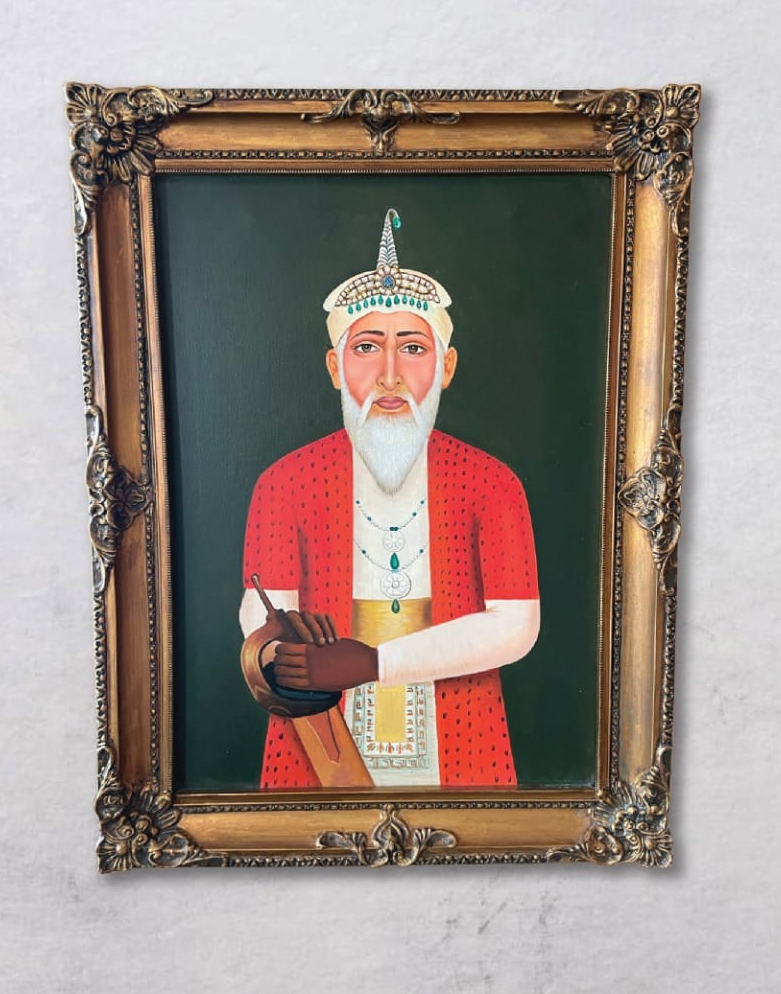Weakening Moghul Empire And Asaf Jah 1
While the Nizams, starting with Asaf Jah I, are often associated with immense wealth and opulence, it's important to recognize that they also played a key role in the development and modernization of Hyderabad. The Moghul reign weakened after the death of Aurangzeb in 1707. The Deccan region including Hyderabad started to get neglected, development stagnated and people started to experience various hardships.
Asaf Jah I was a powerful noble under the Mughal emperor Aurangzeb. After Aurangzeb's death in 1707, the Mughal Empire began to weaken due to internal conflicts and regional uprisings.

Unwilling to be part of a weakening Moghul empire, Asaf Jah I gradually asserted his independence. This began even as he was appointed as the Subedar (Governor) of the Deccan by the Mughal emperor. In 1724 Asaf Jah 1 defeated Mubariz Khan, another Mughal appointee, in the Battle of Shakar Kheda. This victory marked the foundation of the Hyderabad State as an autonomous power.
Mughal control over the Deccan continued to diminish, though Asaf Jah 1 did not cut of ties completely with the Moghuls. However effective control over the Deccan including Hyderabad, remained with the Nizams until 1948. The rule extended through 7 Nizams.
Asaf Jah 1 the first Nizam made sure that, all major activities were with the Nizams. He minted coins and issued ‘farmans’ (royal decrees) in his own name, indicating a practical break from Mughal control. Simply put the Mughals were not part of the administrative chain anymore. The Nizam rule was independent in administration, military, and revenue collection.
In essence, Asaf Jah I's leadership marked a turning point where the Mughal grip on the Deccan weakened considerably, and Hyderabad emerged as a powerful semi-independent state. Little doubt that, subsequent Nizams did not have to face the awkward position of, sidelining the Mughals. Asaf Jah 1 accomplished the separation from Mughal control, in an impressive and cordial way.
Development of Hyderabad picked pace during the Nizam rule. Hyderabad saw major development, especially during the 19th and early 20th centuries. The Osman Sagar and Himayat Sagar reservoirs were built to prevent floods and ensure water supply.
The Nizams gave importance to Roads, railways, and postal services – extensive development was seen in these sectors. Introduction of electricity and modern transport systems, like the Hyderabad State Railway were also assigned priority.
Historians agree that, The Nizams of Hyderabad, beginning with Asaf Jah I, did much more than simply build a legacy of wealth and royal splendor — they also played a key role in improving the lives of the people. A significant portion of the revenue collected by the state was invested back into the development of infrastructure and public welfare.
